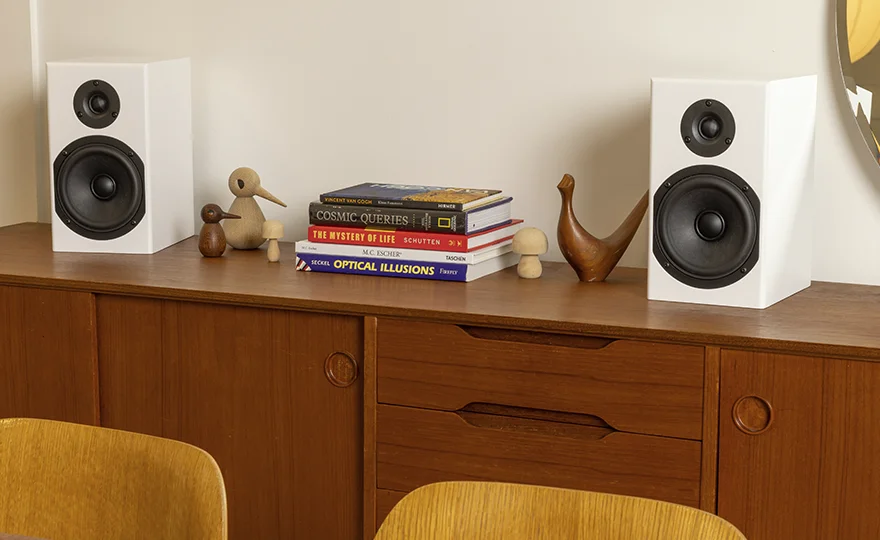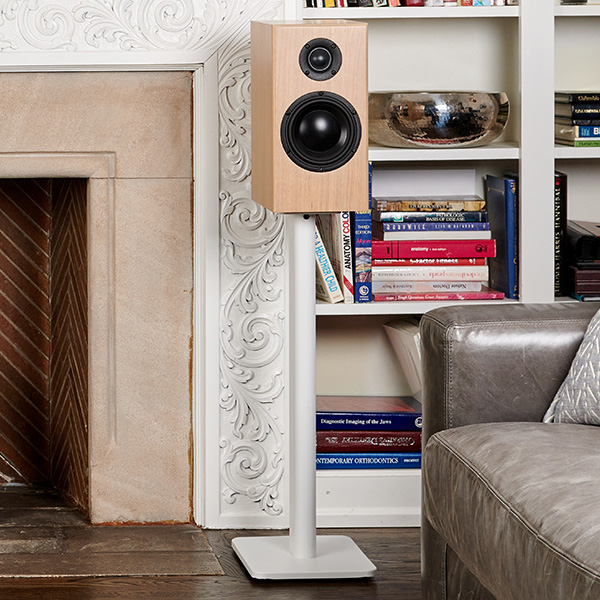
There’s nothing quite like the feeling of settling in for a deep listen—Miles Davis’ Kind of Blue spinning on the turntable, or maybe Radiohead’s In Rainbows in high-res digital, each note hitting with emotion and clarity. But then… that faint hum. Or buzz. Or static. Suddenly, the magic fades.
If you’ve ever experienced noise or interference in your hi-fi system, you’re not alone. Whether you’re jamming to Pink Floyd’s Dark Side of the Moon or diving into the lush soundscapes of Yosi Horikawa, unwanted noise is the uninvited guest at your listening party. Fortunately, there are some tried-and-true ways to reduce or eliminate these audio gremlins.
Here’s everything you need to know to clean up your system and get back to what matters most—immersing yourself in pure sound.
Before we can fix noise, we need to understand where it’s coming from. Common culprits include:
Sometimes, the interference is subtle—like a low-level hum you only hear during quieter passages of A Love Supreme. Other times, it’s more obvious, like a buzz that crashes the intimate vibe of Norah Jones’ Come Away With Me.
Action step: First, isolate the issue. Disconnect all components and reconnect one at a time until the noise appears. That’s usually the quickest way to pinpoint the source.
One of the most common causes of noise in high-end audio systems is the ground loop. You’ll recognize it by the dreaded 60Hz hum (or 50Hz in some regions). Ground loops occur when there are multiple paths to ground, causing a voltage difference that manifests as noise.
Plug all your audio components into the same power strip or wall outlet. This ensures they share the same electrical ground, reducing the risk of voltage differences between components.
Tip: Audiophiles often use power conditioners or high-quality surge protectors that provide common grounding across all connected devices.
For unbalanced connections (like RCA cables), a ground loop isolator can help. These are inline devices that break the loop electrically while allowing the audio signal to pass through.
Works great between a DAC and amplifier, or between a computer and powered speakers—especially useful if you’re streaming Tame Impala or Massive Attack from a laptop.
In certain cases, using a ground lift adapter on one component’s power plug may help. This breaks the ground pin connection, interrupting the loop.
Important: Only do this if it’s safe and you know the equipment is otherwise grounded via another path. Consult a qualified technician or electrician if unsure.
These devices provide galvanic isolation between components, removing noise while maintaining signal integrity. They’re especially effective in professional or high-sensitivity setups.
If your gear supports them, switch to balanced cables (XLR). Balanced connections inherently reject common-mode noise like ground loops by design.
You’ll be hearing Kind of Blue in the kind of quiet Miles Davis intended.
Cable boxes or TV antennas can create ground loops when connected to your audio system.
Try this test: Unplug the coaxial cable from your cable box or TV tuner. If the hum disappears—there’s your culprit. You can fix it with a coax ground loop isolator.
Turntables are especially prone to hum. Make sure:
If your copy of Rumours sounds more like “buzz-mours,” the grounding wire is the first place to check.
Listening to Wish You Were Here should be a transcendental experience, not an exercise in ignoring background hum. Ground loop issues are often the fastest win in your quest for silence.
Messy cables aren’t just unsightly—they’re an open invitation for EMI and RFI. Power cables and signal cables running in parallel can induce hum and signal loss, especially in low-level analog signals.
If you’re queuing up Fleetwood Mac’s Rumours, don’t let your system’s cabling start its own internal drama. A clean layout equals a cleaner signal path.
Not all cables are created equal. In high-end systems, especially those running long cable lengths or located near routers, TVs, or other electronics, properly shielded cables are essential.
Playing Daft Punk’s Random Access Memories in all its analog glory? Shielded cables can ensure you hear every funky detail without interference from your WiFi router across the room.
Your audio system is only as clean as the power feeding it. Dirty power—caused by appliances, dimmer switches, HVAC systems, or inconsistent voltage—can sneak into your audio path, clouding the sound with hiss, buzz, or compression.
When spinning Kind of Blue late at night, the last thing you want is your refrigerator’s compressor joining in on trumpet solos.
Some interference comes from close contact with other electronics. Your DAC might not love being stacked on top of your router, and placing your turntable too close to your amp could introduce low-level noise.
When listening to Time Out by the Dave Brubeck Quartet, let the music breathe—don’t let your components choke each other out.
Sometimes, the problem is with a specific piece of equipment. Tubes can become noisy over time, capacitors degrade, and internal power supplies may fail or produce ripple.
There’s nothing more frustrating than trying to enjoy the delicate textures of For Emma, Forever Ago only to hear snap, crackle, and hum instead of Bon Iver’s falsetto.
Once your system is quiet and clean, you’ll start to notice the real magic—subtle reverbs in The Wall, microdynamics in A Moon Shaped Pool, and spatial cues in Aja. Removing noise isn’t just about clarity—it’s about emotional connection.
Unwanted noise and interference don’t have to ruin your listening experience. By understanding the causes and implementing some smart fixes—from cable upgrades to better grounding and clean power—you’ll be back to sonic bliss in no time.
Now go throw on your favorite vinyl or cue up that high-res playlist—whether it’s Abbey Road, Sea Change, or Sketches of Spain. You’ve earned a quiet room and an immersive listen.
If you enjoyed this guide, you’ll find more audiophile-friendly insights, tips, and stories in our News + Reviews section. Dive in and keep exploring the world of high-performance sound.
Share this article with your friends!
